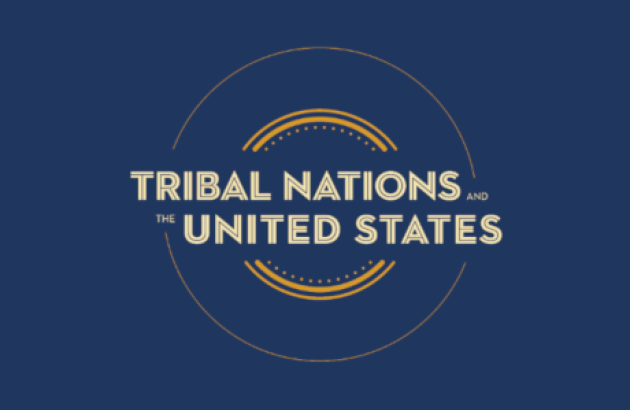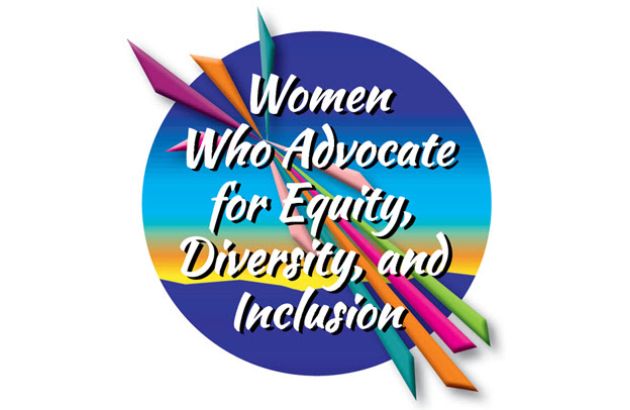Blog
Tribal, Federal, and State American Governments
When we think of the system of government in the United States, many of us typically think of the federal and the state governments. But tribal governments are also significant systems of law that have been integral to the formation of democracy in the U.S. throughout history and that govern citizens of tribal nations today.
According to Tribal Nations and the United States: An Introduction, “tribal governments, the federal government, and state governments are linked together in a unique relationship outlined in the U.S. Constitution. Together, they form an American family of governments—interrelated yet uniquely distinct from each other” (p. 22), with federally recognized tribal nations having their own sovereignty.
This publication, developed by the National Congress of American Indians (NCAI), was written to “provide a basic overview of the history and underlying principles of tribal governance.” It begins by highlighting the ways in which the principles of the Iroquois Confederacy - formed in the 1100s - shaped the foundations of the U.S. government in the 1700s, for example (p. 9). Utilizing slick infographics throughout, the guide also addresses the demographics of native people today, modern systems of governing within tribal nations, and opportunities to overcome disparities to "build sustained prosperity" (p. 40) for the future.
The guide is an excellent primer on the political relationship between tribal nations and the U.S. state and federal governments, addressing vital topics such as tribal sovereignty and self-government, federal recognition, treaties, the federal trust responsibility, and more. It also provides a timeline (pp. 14-15) that delineates various eras of colonial/federal policy towards tribal nations and indigenous peoples, including the Removal, Reservation, and Treaty Period, the Termination Period, and the Self-Determination Period. In the current Nation-to-Nation period, the U.S. federal government has emphasized a policy of government-to-government consultation with tribal nations. At the international level, the United Nations Declaration on the Rights of Indigenous Peoples (UNDRIP) has recently set a precedent for “free, prior, and informed consent in relation to decisions affecting Indigenous peoples.” (p. 33).
The publication dedicates a few pages (pp. 26-28) specifically to tribal lands. Such information provides a helpful backdrop to recent events, such as discussions regarding climate change and sacred lands at the two-day Tribal Nations Summit held at the White House held earlier this week and indigenous people’s demands for action at the United Nations Climate Conference (COP26) in recent weeks.
For additional reading on tribal nations’ governance and relationships to state and federal governments, take a look at Recognition, Sovereignty Struggles, & Indigenous Rights in the United States (2013) via HeinOnline or American Indian Law in a Nutshell (2020) via West Academic Digital Library. You can also find links to the laws of various tribal nations in our blog post on Native American Heritage Month & Tribal Law, published last year.




